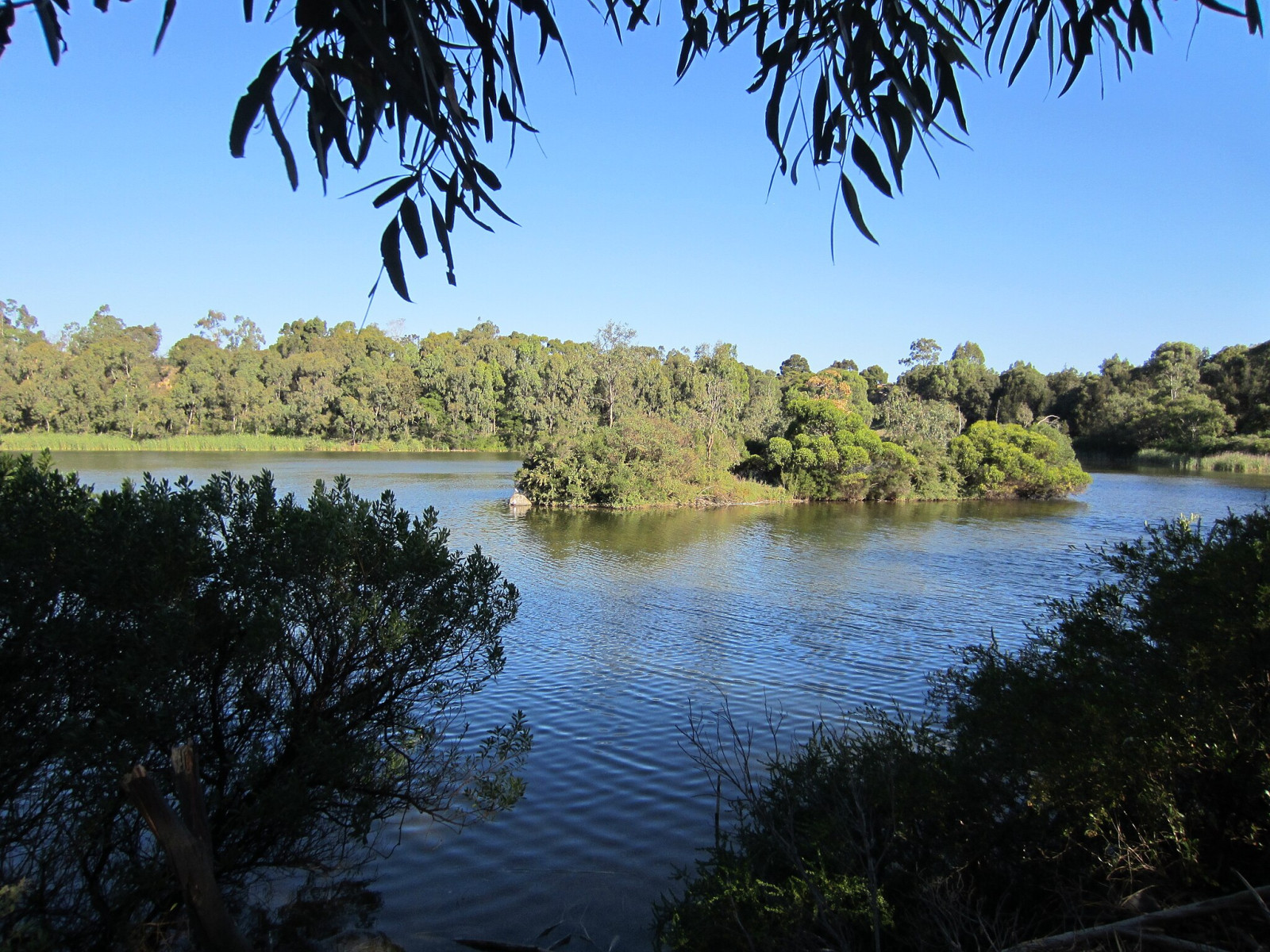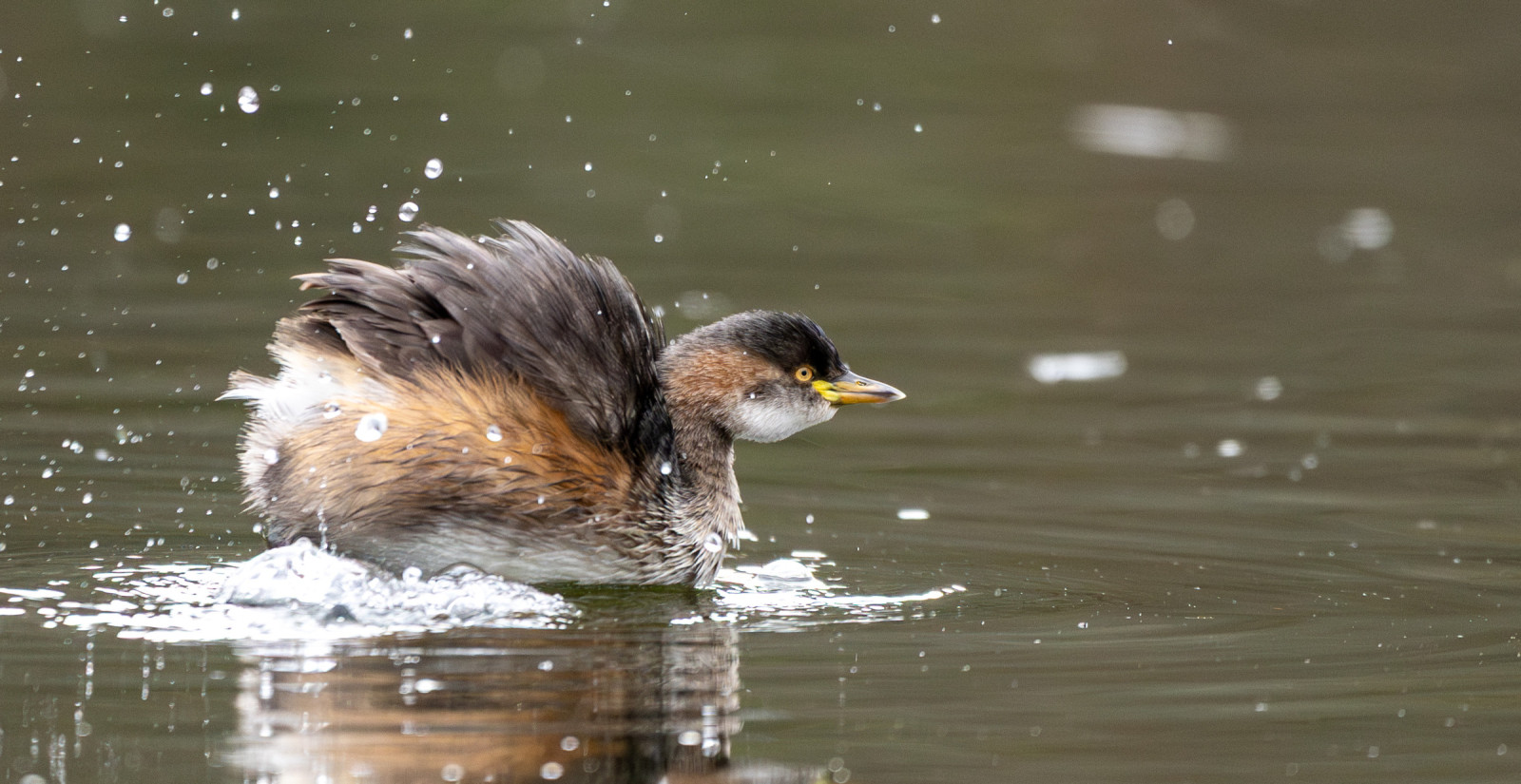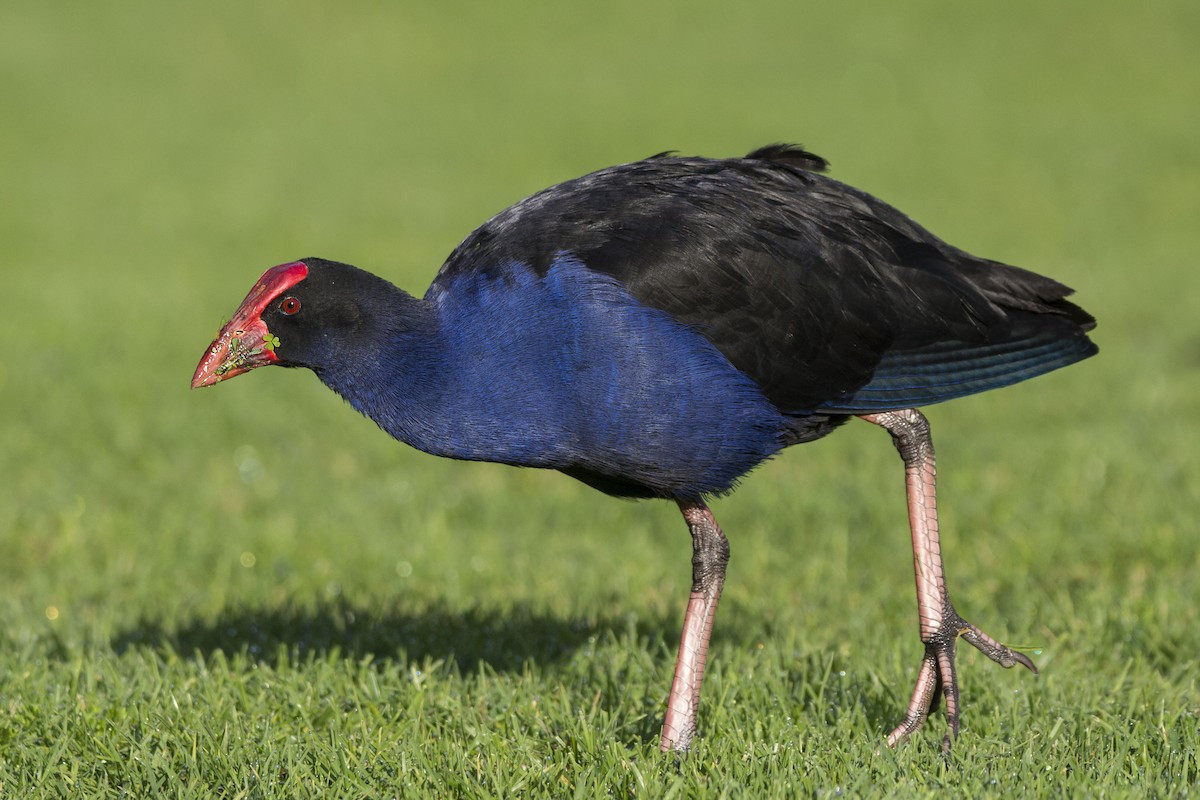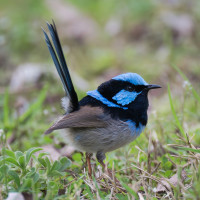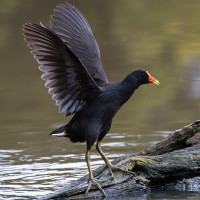Beschreibung
Newport Lakes Reserve is a 33-hectare urban bushland that has been extensively revegetated using native plants, with over 200 species of plants and 165 species of birds recorded here. You can take a walk around the lake. There are enormous bluestone stepping stones inviting you to cross over to the other side of the lake. Around the lake you will find different types of trees. Eucalypts, acacias and casuarinas are the most common trees found. You will definitely encounter the following birds: Superb Fairywren, Australasian Swamphen, Chestnut Teal and Pacific Black Duck. But many more can be spotted, see the birdlist below.
Details
Zugang
Newport Lakes Reserve is located off Lakes Drive in the suburb of Newport, in Melbourne’s inner west. The area is located in the Williamstown district. If you navigate to the address: 2 Lakes Dr, Newport VIC 3015 you will arrive at the parking lot. Or press P on the map for directions. Here you will also find a public toilet. You can easily reach the area by foot, bike or car. For those travelling by public transport, the park is about a 15 minute walk from Newport Station.
The 2km nature trail takes you around the lakes, along meandering pathways and through the gum trees.
